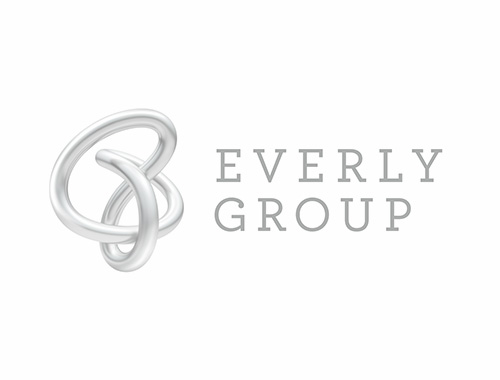
The brief to the Mechanical Engineer (ME) is one of the most critical parts of hotel design, as a hotel requires a wide array of mechanical systems to function smoothly.
Part 1 – Elevators (part a)
Let’s begin here. From my experience, most MEs rely on lift suppliers to determine both the size of the lift cages (i.e., number of persons) and the number of lifts required. However, there is an inherent conflict of interest—lift suppliers are naturally inclined to recommend more lifts to maximize sales.
These sizing models are often based on office buildings, not hotels. In offices, elevators are used during peak traffic times: arrival in the morning, lunch breaks, and evening departures. The models are therefore tuned to minimize wait times during these predictable spikes.
Hotels operate quite differently:
Guests come down for breakfast gradually over a two-hour period.
Most leave straight after breakfast and don’t return until evening.
Daytime occupancy is low, often under 5% (unless catering to airline crew).
Check-out peaks between 11:00 a.m. and 12:30 p.m., while main check-ins begin after 4:00 p.m.
Guests typically return to their rooms from 5:00 p.m. onwards, and go out again for dinner over a 90-minute window.
Given these distinct patterns, a rule of thumb for hotels is one elevator per 100 rooms above or below the lobby.
For example:
A hotel with 240 rooms can stretch the ratio to one elevator per 120 rooms by increasing the lift car size by 15–20%, which is far more cost-effective than installing an additional lift.
Elevators (Part b)
Separate Elevator Needs for Banqueting and Meetings
For ballrooms and meeting rooms, the usage pattern is completely different:
Guests arrive within a tight 30-minute window.
Breaks and departures often happen simultaneously.
In these cases, it is better to design a separate bank of elevators.
Larger elevator cages—50% bigger—allow faster guest movement.
For example, at The Everly Putrajaya, which has a 1,500-person theatre-style ballroom, we installed two elevators, each with a 30-person capacity. Even then, evacuation would require 25 trips. However, the building was designed with large staircases across only two storeys, which resolved the bottleneck.
A case in contrast: I know of a hotel with a 1,000-person ballroom located on the top of a 30-storey hotel. Guests have reported taking 2–3 hours to get down after an event—something that could’ve been avoided with proper planning.
Service Elevators
For The Everly Putrajaya, being a 4-star property, we:
-Installed one service lift for the room tower.
-Added two service lifts dedicated to the ballroom and meeting wing.
-Ensured all F&B transport uses only these dedicated service lifts.
Final Thoughts
Elevator planning should reflect actual hotel usage patterns, not repurposed office models. A thoughtful balance between cost efficiency and guest experience is vital, especially when handling both accommodation and banqueting traffic.
📌 Designing a hotel? Make sure your Mechanical Engineer’s lift plan matches hotel-specific traffic patterns and usage—not generic templates.





